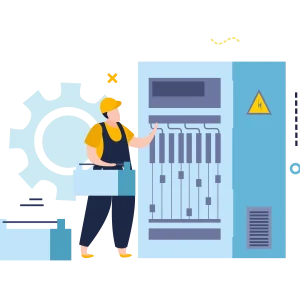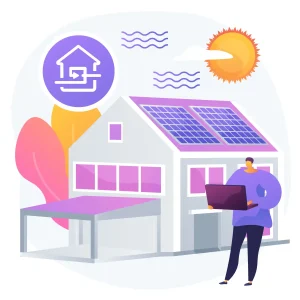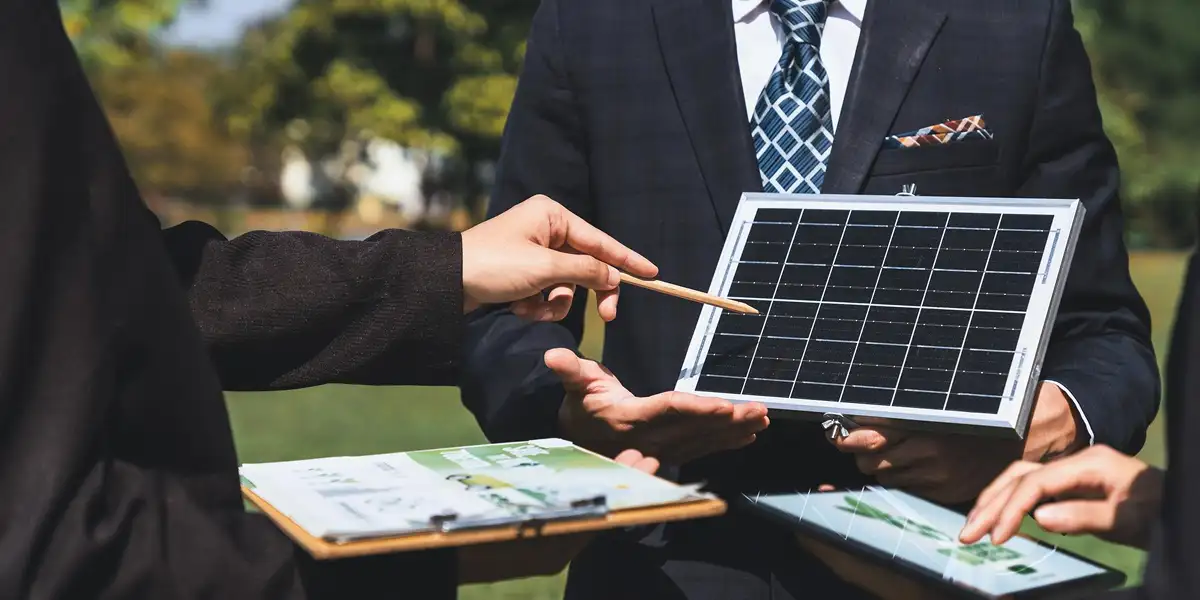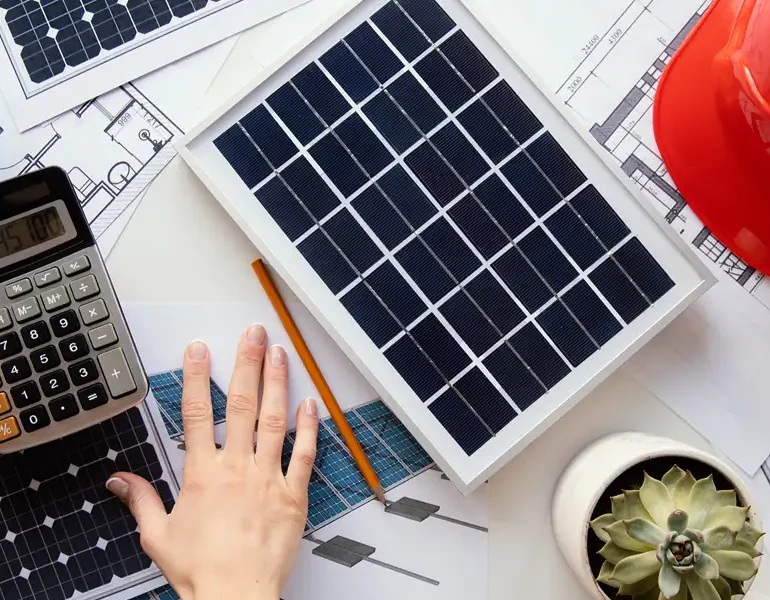Switching to solar energy is one of the most effective ways for Sri Lankan homeowners to cut costs and contribute to a greener future. But with so many system options – different types of panels, inverters, and sizes – it can feel overwhelming to choose the right solution for your home.
At Hayleys Solar, we believe this decision should be simple, informed, and tailored to your household’s unique needs. In this guide, we’ll walk you step by step through the process of choosing the right solar panel system for your home in Sri Lanka.
Why Choosing the Right System Matters
A solar panel system is a long-term investment, with a lifespan of 20–25 years. Selecting the wrong system size, panel type, or inverter could mean underperformance, slower returns, or unnecessary expense.
The right system, however, will:
- Cover most (if not all) of your electricity needs.
- Pay for itself within 4–6 years.
- Save you thousands of rupees every month.
- Provide energy security in the face of rising tariffs.
Step 1: Assess Your Household Energy Needs
The first step is to calculate how much electricity your home uses.
- Check your bills: Look at the average kWh usage from your last 6–12 months of CEB/LECO bills.
- Identify peak usage: Note whether your household uses most power during the day (good for solar) or at night (may need batteries).
- Plan ahead: If you plan to add new appliances (like an air conditioner or EV charger), factor that into future demand.
Example: A family consuming around 400 kWh/month would typically need a 3–5 kW solar system to offset most of their usage.
Step 2: Understand the Different Types of Solar Panels

- Highest efficiency (18–22%).
- Sleek black design works well with limited roof space.
- Higher upfront cost but greater long-term performance.
- Efficiency (15–17%).
- Blue appearance, more affordable.
- Require more space for the same output.
- Lower efficiency (10–12%).
- Lightweight and flexible, but less common in Sri Lanka.
Which is best?
For most Sri Lankan homes, monocrystalline panels are the ideal choice due to space efficiency and better heat tolerance.
Step 3: Choose the Right Inverter
The inverter is often called the “brain” of your solar system.
- String Inverters: Most common; cost-effective; one inverter for all panels
- Microinverters: Panel-level conversion; ideal for roofs with shading
- Hybrid Inverters: Can integrate with batteries for backup power
Recommendation: Hybrid inverters are popular in Sri Lanka since they future-proof your system for adding batteries later.

Step 4: Decide on System Size

A general rule: 1 kW of solar ≈ 120–140 kWh/month in Sri Lanka’s climate.
- 3 kW system (8–10 panels): Small homes (300 kWh/month).
- 5 kW system (12–16 panels): Medium homes (500–600 kWh/month).
- 10 kW system (20–30 panels): Large homes or villas (>1000 kWh/month).
Tip: Oversizing slightly ensures your system meets growing demand.
Step 5: Net Metering or Battery Backup?
- Net Metering: Excess energy exported to the grid; credits reduce future bills.
- Battery Backup: Stores power for night use or during outages.
If power cuts are rare, net metering is cost-effective. If outages affect your lifestyle, consider hybrid systems with storage.

Step 6: Roof Space and Orientation

- Panels should face south (in Sri Lanka) for maximum sun exposure.
- A roof angle between 10° and 15° is ideal.
- Check if your roof is structurally sound; our engineers at Hayleys Solar handle site evaluations.
Step 7: Quality, Warranty, and Support
Choose Tier-1 brands with:
- 25-year panel warranty.
- 5–10 year inverter warranty.
- Reliable after-sales service.
Hayleys Solar partners with global leaders like JA Solar, Huawei, and Fronius, ensuring durability and peace of mind.

Step 8: Consider Costs and ROI

Estimated residential costs in Sri Lanka (as of 2024):
- 3 kW: Rs. 1.5M–1.8M
- 5 kW: Rs. 2.5M–3.2M
- 10 kW: Rs. 4.8M–6.0M
Most households recover costs in 4–6 years. After that, energy is practically free.
Frequently Asked Questions
Yes, though efficiency drops slightly. Net metering or batteries cover the difference.
Mostly cleaning panels and occasional inverter servicing.
Yes, provided your inverter and roof have capacity.
Choosing the right solar system involves more than picking panels – it’s about aligning technology, costs, and future needs. By working with Hayleys Solar, you’ll get a tailored solution designed to maximise savings and sustainability for your home.
Book a free consultation with Hayleys Solar today and discover the right solar solution for your home.




